Which MTB suspension is the right one for me?
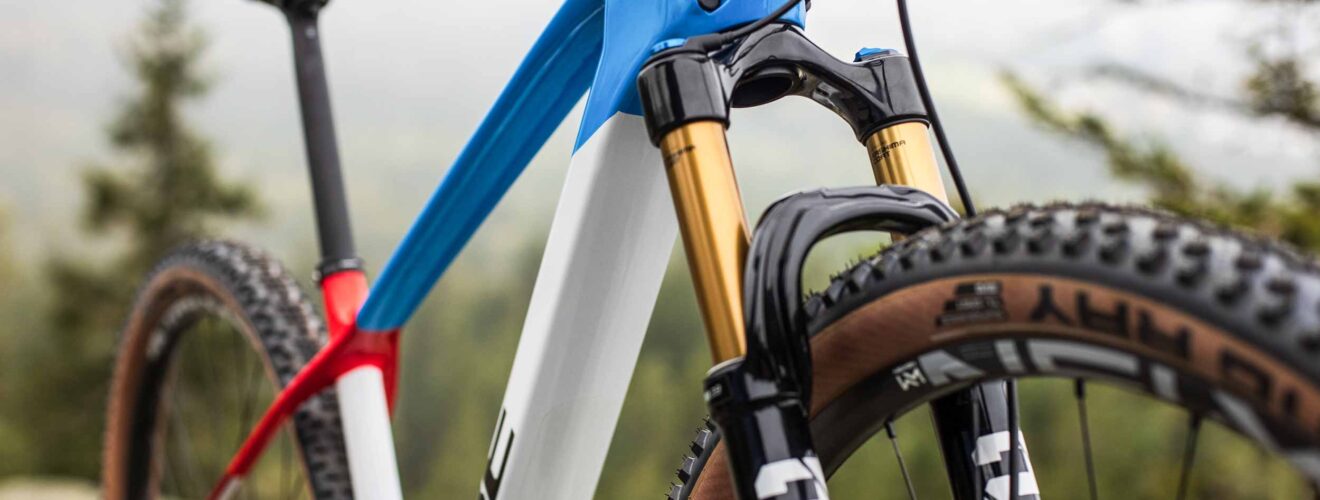
The mountain bike suspension
Thanks to a suspension fork/telescopic fork, shocks are absorbed, while the frame’s stiffness ensures a more precise riding technique. This stability promises you noticeably more safety. On no other bike is suspension as important as on a mountain bike. If you want to go over hill and dale or over roots and difficult terrain, you need the right suspension and a larger suspension travel.
A fully should only be considered if your demands require it due to technically difficult routes and your preferred terrain variability. Generally speaking, a hardtail gives you more options when it comes to choosing routes in less demanding areas.
Which suspension for which area of use?
Think carefully beforehand about the riding characteristics you value. Do I ride more on dirt roads or streets? Do I want to ride off-road or on trails? If you mainly ride in the city, a rigid fork is usually sufficient. For trekking or mountain biking, on the other hand, we recommend a hardtail. In other words, a bike where only the front section is damped. Of course, suspension also means an increase in price and the care/maintenance effort also increases a little. Your back and wrists, on the other hand, will thank you if you know in advance exactly what kind of surfaces you will be riding on. An investment is then worthwhile in any case.
Advantages:
- Comfortable
- Absorbs shocks
- Protects your back and wrists
- More flexibility
- Better contact with the ground
Disadvantages:
- More expensive
- More care and maintenance
- More weight (1 to 2 kg)
Suspension travel:
On most mid-range bikes, the suspension fork can be adjusted. The length of the suspension travel is important:
- All-Mountain: 140-160 mm
- Fully: 120-140
- Enduro: 160 – 180 mm
- Freeride: 180 – 230 mm
Air or steel spring?
Air
With air suspension it is possible to adjust the damping precisely. This allows you to set the right pressure even with heavy luggage. The rider’s weight can also be ideally balanced with air suspension. They are also lighter than steel springs. Disadvantages include higher heat generation and the need for more seals, which may require more maintenance and care.
A well-known manufacturer of air suspension is Rock Shox with the Deluxe Select, Rebound Adjust, Trunnion Mount or the Super Deluxe Select+.
Steel
Steel suspensions are more sensitive to shocks and do not need seals. They have a better grip and require less maintenance. The higher weight and a not so flexible adjustment to payload are the disadvantages here. Also, steel suspensions are not suitable for every frame shape.
An example of a steel suspension is the FOX Van Performance Coil.
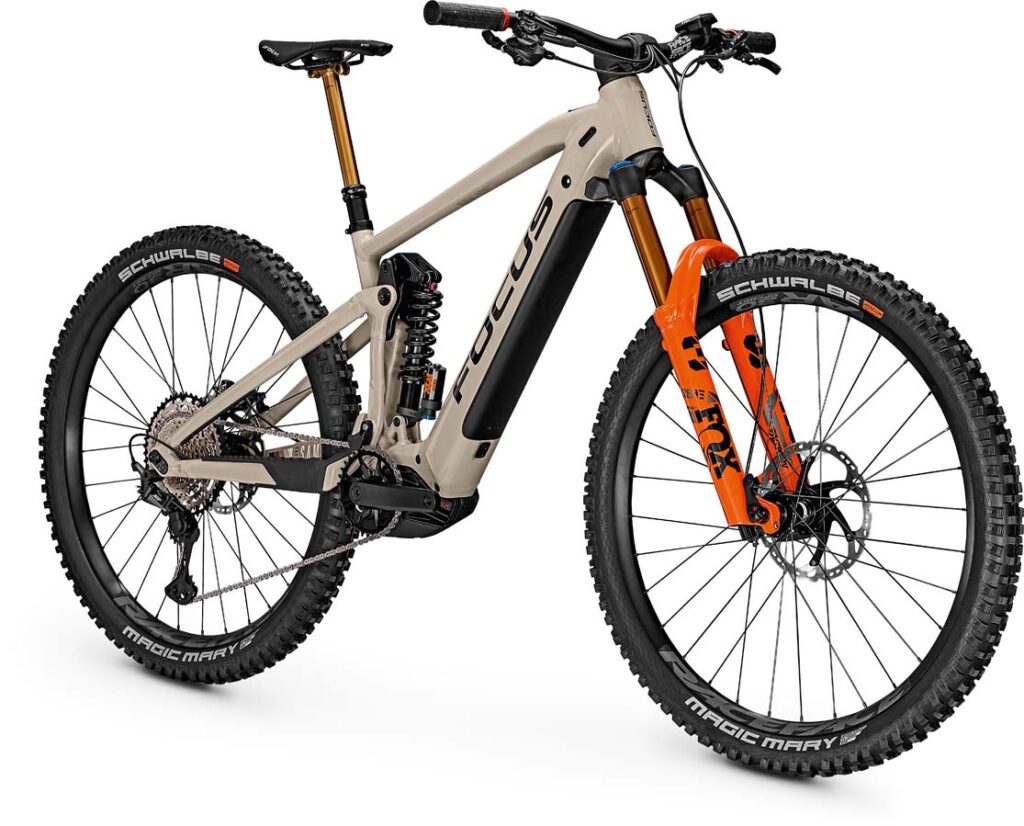
Care
The best thing to do after a long tour is to clean all the important parts before the dirt dries. A bucket of warm water with a little washing-up liquid is best. After cleaning, the suspension will appreciate a little silicone spray or Teflon oil. It will then be ready for the next load.
Adjusting the suspension correctly
Correct adjustment to the rider’s weight and luggage is very important. A suspension is only useful if it is set correctly. Make the most of your suspension and maintain your riding enjoyment all year round.



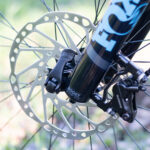




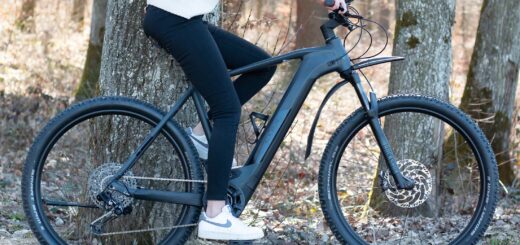
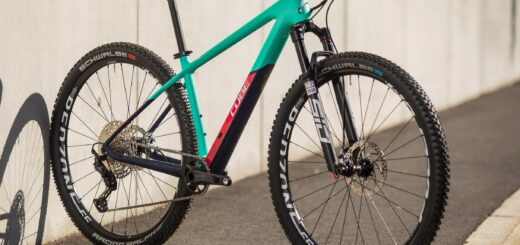
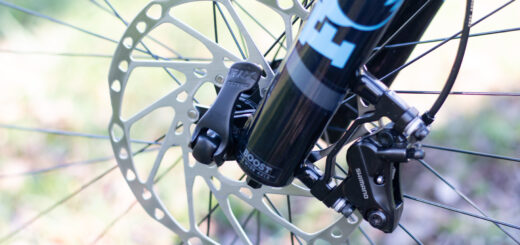








Recent Comments